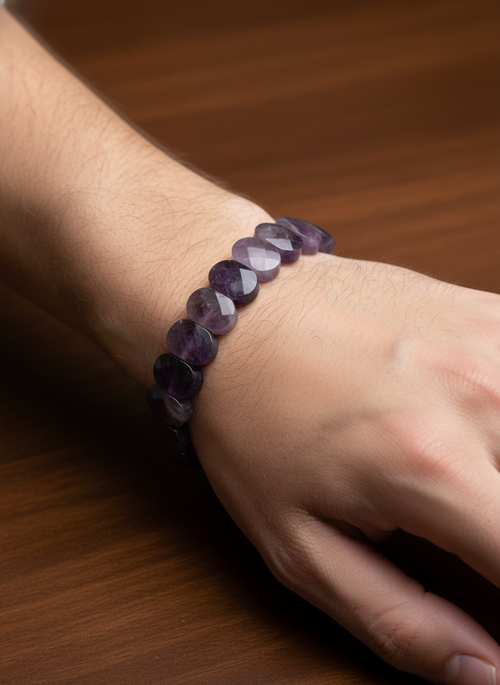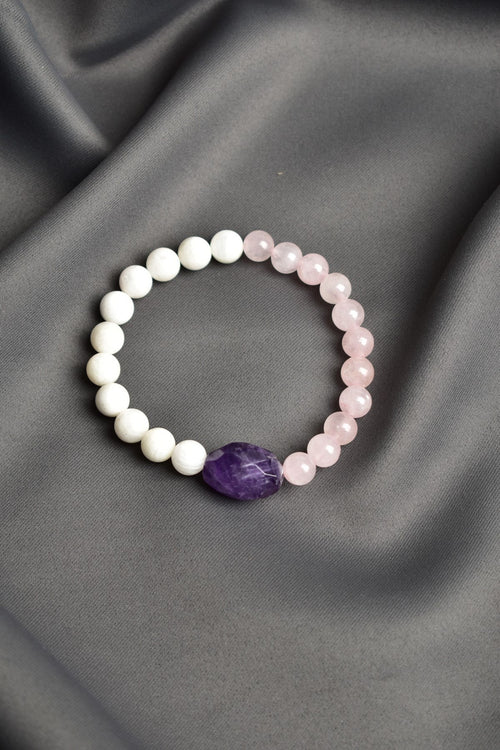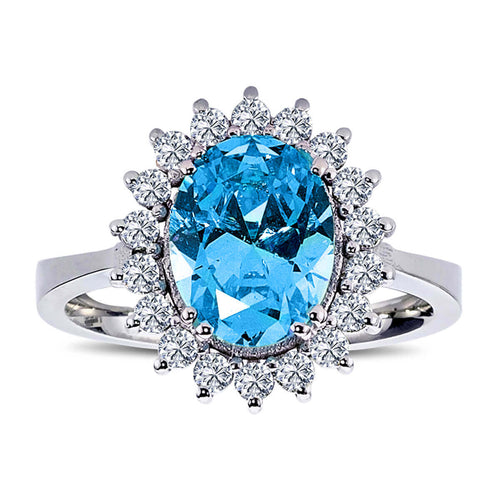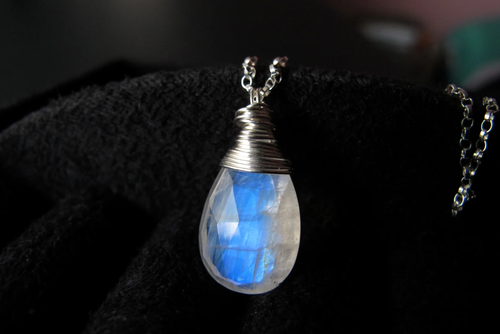ALL PRODUCTS IGSL INTERNATIONAL CERTIFIED
Blue Apatite is a precious phosphate mineral known for its bright blue and greenish blue hues. This article examines where Blue Apatite is mined, its mineral structure, uses, and price differences.
Where is Blue Apatite Stone Extracted?
Blue Apatite stone can be found in various regions around the world. The major blue apatite deposits are located in Brazil, Madagascar, Mexico, Canada, Norway and Russia. These regions are famous for their high quality blue apatite stones and contribute greatly to the world market.
- Brazil: The Minas Gerais region has important mines where high-quality blue apatite stones are extracted.
- Madagascar: Known for its high quality and uniquely colored blue apatite stones.
- Mexico: The Durango region is one of the main places where blue apatite deposits are found.
- Canada: Ontario is an important region where blue apatite is mined.
- Norway: Southern Norway is one of the places where blue apatite deposits are found.
- Russia: The Ural Mountains are one of the main places where blue apatite is mined.
Mineral Structure
Blue Apatite is a stone belonging to the phosphate mineral group and its chemical formula is Ca5(PO4)3(F,Cl,OH). The stone is in bright blue and greenish blue tones, and these colors are due to the presence of elements in the stone. Apatite crystallizes in the hexagonal crystal system and has a hardness of 5 on the Mohs hardness scale. These features make the stone durable and suitable for jewelry making.
Areas of Use of Blue Apatite Stone
Blue Apatite is widely used in various jewelry and ornaments due to its aesthetic and durability properties. Here are some types of jewelry in which Blue Apatite is used:
- Necklace: Blue Apatite necklaces are popular jewelry that showcases the stone's bright colors and natural beauty.
- Ring: Blue Apatite rings are often used with precious metals such as silver or gold.
- Earrings: Blue Apatite earrings are among the jewelry that highlights the natural beauty of the stone.
- Bracelet: Blue Apatite bracelets are preferred accessories for both daily use and special occasions.
- Rosary: Blue Apatite rosaries are used for both spiritual and aesthetic purposes.
Price Differences
The price of Blue Apatite varies depending on several factors. These factors include the color, clarity, cut, carat weight and source of the stone. Here are the main factors that affect Blue Apatite prices:
- Color: The most valuable blue apatite stones are those with an intense and homogeneous blue color. The intensity of the color increases the value of the stone.
- Clarity: Blue apatite stones that are clear and free of internal inclusions are in greater demand and hence sell for higher prices.
- Cut: Professionally cut and polished blue apatite stones are more valuable because they reflect light better.
- Carat Weight: Larger and heavier blue apatite stones generally command higher prices than smaller stones.
- Source: High-quality blue apatite stones from areas such as Brazil, Madagascar, and Mexico are often more valuable than those from other sources.
Conclusion
Blue Apatite is a valuable natural stone with its bright blue colors and durability. This stone, which is extracted from various regions around the world, is widely used in jewelry and ornaments with its aesthetic and physical properties. Its chemical structure and physical properties make Blue Apatite a sought-after stone in jewelry making. Blue Apatite, whose price varies depending on color, clarity, cut, carat weight and source, has a valuable place in both jewelry making and collections.



























